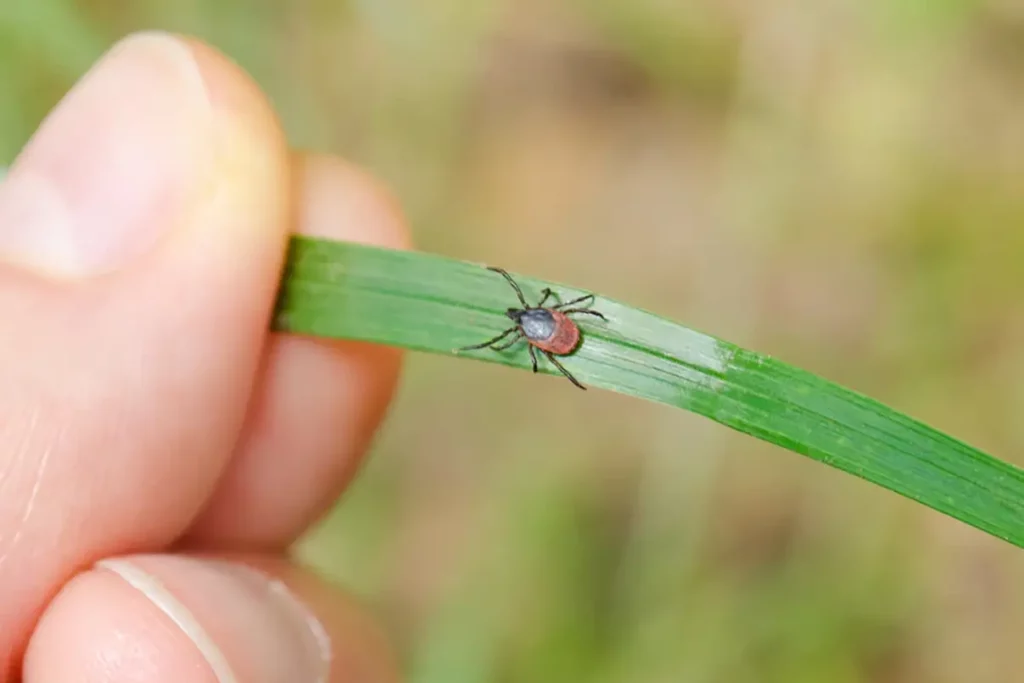The heat is on.
With the rapid onset of global warming, the insect population is thriving and the risk of contracting Lyme and associated diseases is increasing.
Lyme is the fastest-growing vector-borne disease in North America, and along with other tick-borne infections, can be the most debilitating. In North America alone, over 500,000 people are diagnosed with Lyme every year, suffering fever, fatigue, brain fog, pain, headaches and more.
Without prompt treatment, Lyme disease can damage the heart, joints, and nervous system. Crippling arthritis, memory loss, depression, and numbness frequently accompany progression of the disease. Most are unaware that Lyme disease can lead to death in complex cases.

Lyme lingers
The road to recovery from Lyme can be long and for some never-ending. Lyme comes with a wide variety of co-infections that make diagnosis difficult and treatment uncertain. Traditional approaches to recovery from Lyme don’t have a great success rate. 30% or more of Lyme sufferers live with the disease for six months and many endure the agony for much longer and sometimes a lifetime.
Lyme is a serious disease
But it isn’t always taken seriously. Often, Lyme patients spend a fortune trying to find out why they feel the way they do and why they can’t get over it. They might chase a diagnosis for years, and when traditional medicine finally figures out that there is a tick in the patient’s past, the approach to treatment defies results. Lyme is an illness that has been minimized, underestimated, and politicized. For a long time, the medical community believed it didn’t exist.

Tick-proof yourself
The best way to avoid Lyme disease is to prevent yourself from a tick bite.
Take some time to tick-proof yourself before you go outside!
- Apply permethrin to clothing to repel ticks when outside, especially in wooded areas
- Wear light-coloured long-sleeved clothing.
- Tuck in shirts and pants
- Hike on cleared paths.
- Shower after being in a forested area.
- Do daily tick checks on yourself and your children (particularly in hair, underarms, around ears, behind the knees, between the legs, and around the waist).
- Remove any ticks you find immediately and send them in for tick testing
- Wash your outdoor clothing in hot water and dry on high heat.
If, despite your best efforts to avoid contracting Lyme, you become the victim of a tiny tick, add NIKKI + Lyme to your recovery regimen.
NIKKI +Lyme
The same biometric technology that powers the wellness-centre- on-your-wrist NIKKI is now available to support recovery from Lyme in the new NIKKI +Lyme wearable. NIKKI +Lyme is your ally in getting your life back from Lyme.




